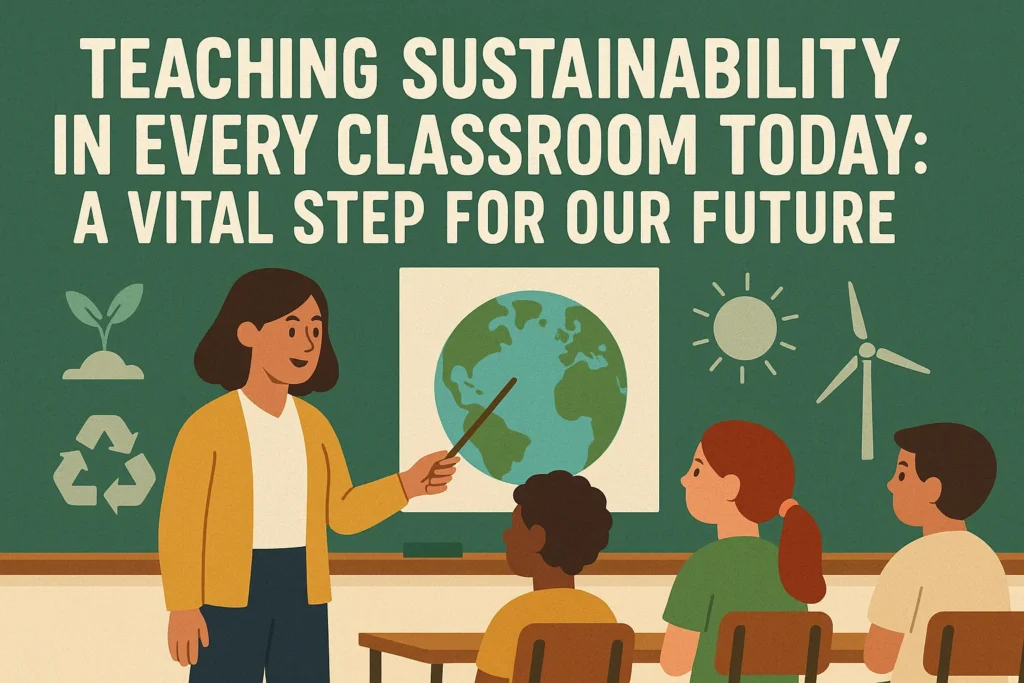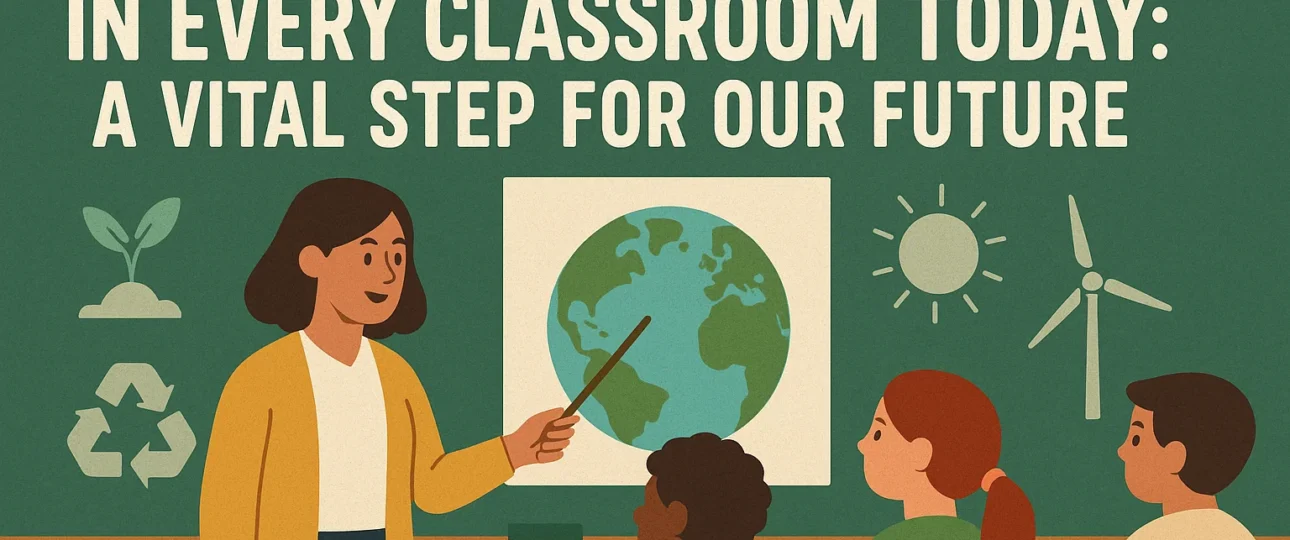Teaching Sustainability in Every Classroom Today: A Vital Step for Our Future
In an era marked by climate change, resource depletion, and increasing environmental challenges, teaching sustainability in every classroom has never been more crucial. Education holds the power to inspire and equip young minds to become responsible global citizens who prioritize the health of our planet. This article explores why sustainability education is essential, how it can be integrated effectively across subjects, and the benefits it brings to students and society at large.

Why Is Teaching Sustainability in Every Classroom Essential?
Sustainability is about meeting our present needs without compromising the ability of future generations to meet theirs. It involves environmental protection, social equity, and economic viability. By embedding sustainability principles in education, schools can:
- Raise awareness about pressing environmental issues like climate change, pollution, and biodiversity loss.
- Encourage critical thinking about consumption patterns, resource use, and their long-term impacts.
- Empower students with knowledge and skills to take sustainable actions in daily life.
- Foster a sense of responsibility towards communities and the natural world.
Given these reasons, the case for teaching sustainability in every classroom becomes clear: it prepares students not only academically but also morally and practically for the challenges of the 21st century.
How to Integrate Sustainability Across Curricula
Sustainability is interdisciplinary by nature, making it possible to weave into all areas of learning. Here’s how educators can incorporate it effectively:
1. Science Classes
Science provides a natural platform to teach about ecosystems, climate science, renewable energy, and the impacts of pollution. Students can engage in hands-on projects such as water quality testing, school gardens, or renewable energy experiments.
2. Social Studies and Civics
Lessons can explore how societies manage natural resources, environmental policies, and the role of citizens in sustainable development. Discussions can include the global impact of local actions and the importance of social justice in sustainability.
3. Language Arts
Reading and writing assignments can include environmental literature, persuasive essays on sustainability topics, and creative projects like storytelling from the perspective of nature or future generations.
4. Mathematics
Math can be used to analyze data related to carbon footprints, energy consumption, or waste reduction. Students can create charts, calculate savings from sustainable practices, or model population growth and resource use.
5. Arts and Design
Creative projects allow students to express sustainability themes through visual arts, theater, or design challenges that promote recycling, upcycling, or eco-friendly innovations.
Practical Strategies for Teachers
- Project-Based Learning: Encourage students to identify sustainability challenges in their community and develop practical solutions.
- Field Trips and Outdoor Learning: Take advantage of nature centers, parks, and farms to provide experiential learning about ecosystems and conservation.
- Use of Technology: Incorporate digital tools to simulate environmental scenarios or track sustainability metrics.
- Collaborations: Partner with local organizations, environmental groups, or government agencies to provide expertise and real-world context.
Benefits of Teaching Sustainability in Every Classroom
- Enhanced Critical Thinking: Students learn to analyze complex systems and understand the interconnectedness of human and environmental health.
- Active Citizenship: Sustainability education fosters engagement in community projects and advocacy.
- Improved Academic Performance: Studies show that real-world, project-based learning increases motivation and knowledge retention.
- Life Skills: Students gain skills such as problem-solving, collaboration, and communication that are vital for future careers.
- Positive Environmental Impact: Early education leads to environmentally conscious behaviors that persist into adulthood.
Challenges and How to Overcome Them
While the benefits are clear, teachers often face obstacles such as limited time, lack of resources, or insufficient training on sustainability topics. Schools and policymakers can help by:
- Providing professional development focused on sustainability education.
- Integrating sustainability into curriculum standards and assessments.
- Allocating funding for materials and field experiences.
- Encouraging cross-department collaboration to share best practices.
Final Thoughts
Incorporating teaching sustainability in every classroom is not just an educational enhancement—it is a necessity for the well-being of our planet and future generations. By embedding sustainability principles into diverse subjects, empowering teachers, and engaging students actively, schools can cultivate environmentally literate citizens equipped to address global challenges.
The time to act is now. Every classroom holds the potential to be a catalyst for change, where sustainability is not an add-on but a foundational part of learning. Embracing this vision ensures that education remains relevant, inspiring, and impactful in shaping a more sustainable world.
Read More Empower Your Mind Daily

